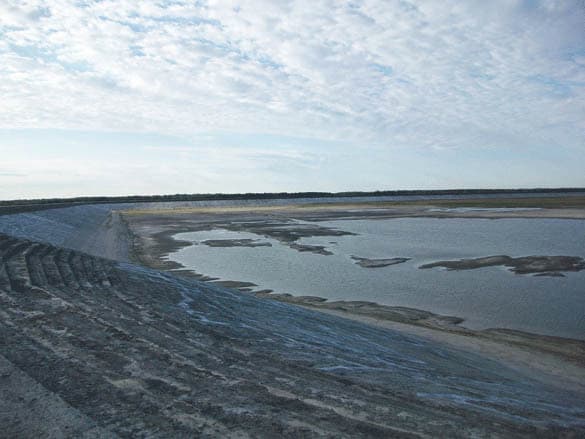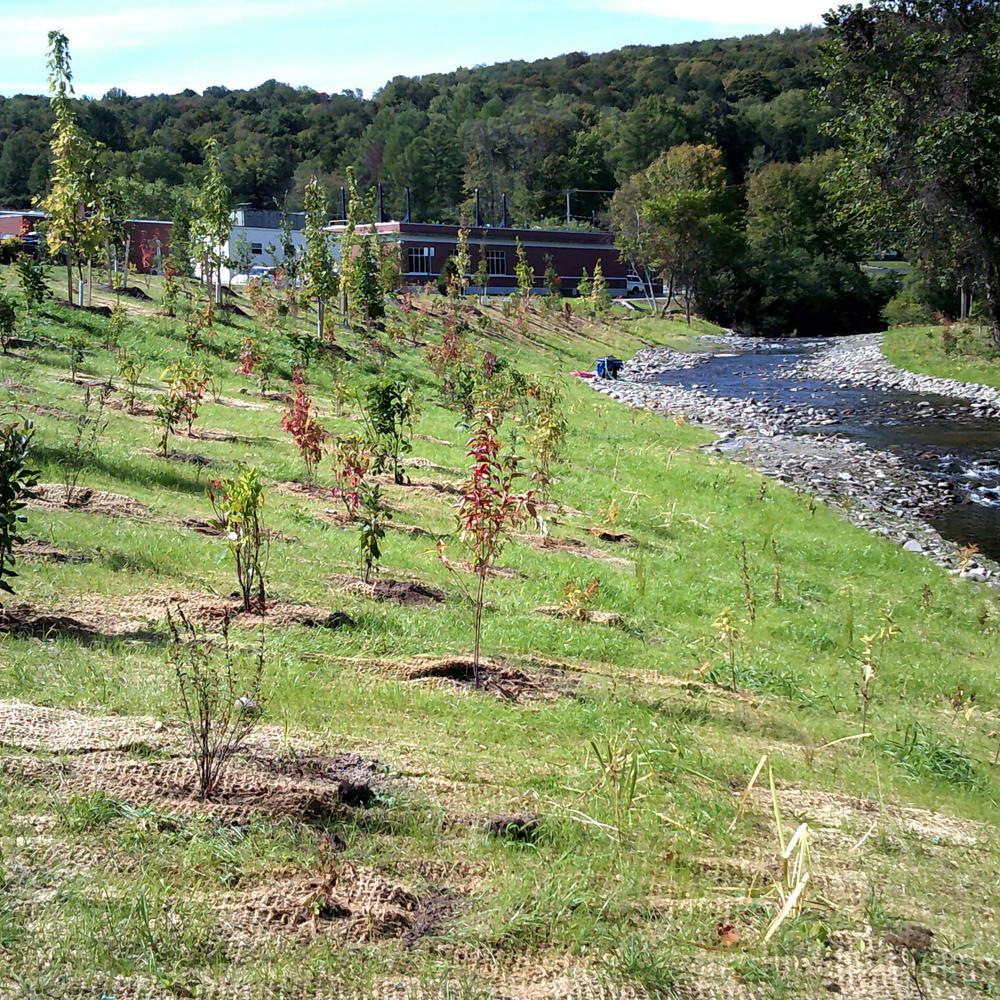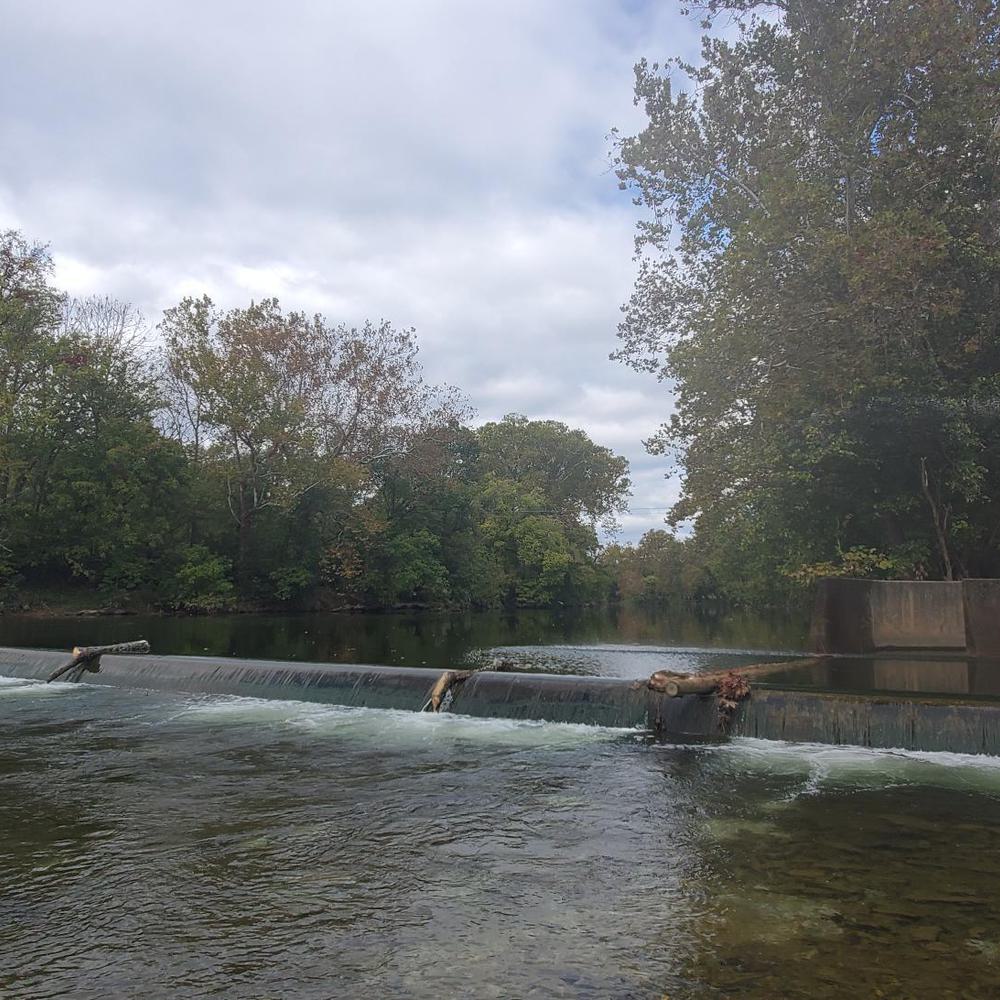Water Shortage Mitigation Plan for Tampa Bay Water
Tampa Bay Water (the Agency) relies upon surface water and groundwater sources in a roughly 50/50 proportion. Groundwater sources are limited in quantity by permit over a 12-month rolling average to avoid environmental impacts, while surface water sources are relied upon to meet the remaining demand. Aside from a 25 MGD desalination supply, the Agency’s Enhances Surface Water System (ESWS) relies upon run-of-river withdrawals from three streams, subject to flow-based permits, which can be stored in a 15.7 BG off-stream pumped-storage reservoir.
Our Work
During severe droughts, low permitted withdrawals from streams lead to substantial reliance on reservoir storage and can cause storage to be exhausted, increasing the risk of requiring groundwater withdrawals beyond permit limits to meet demands.

The WSMP developed included:
- Water Shortage Levels. Four water shortage levels of increasing severity were defined within the WSMP. Levels were defined using thresholds for up-to-date measurements for regional rainfall deficit, stream flow deficit, and reservoir level as indications of shortage conditions.
- Hydrologic Trigger Analyses. Threshold levels, or triggers, for the three indicators were determined using historical simulations of ESWS operations under specified surface water permit conditions. The triggers were designed to detect and anticipate occurrences of reservoir depression and possible exhaustion arising from below-normal rainfall and corresponding reduced stream-flow. Triggers therefore require reservoir storage to correlate with drought for a shortage to be declared.
- Demand and Supply Management Actions. The simulations used to develop WSMP triggers were extended to include specific demand and supply assumptions regarding seasonal patterns of variable supply sources and demands as well as a prioritization ordering of supply source utilization to assess the risk of exceeding wellfield regulatory limits to meet demand. WSMP demand and supply management activities were then selected, and associated with water shortage levels, based on their ability to increase water supply reliability and moderate demands such that the risk of groundwater permit exceedances during a water supply shortage is minimized.
- Communications Plan. A communications plan was developed defining communication strategies and roles between WSMP stakeholder groups including Member Governments, regulators, and the media to help ensure a consistent and smooth flow of communication at each water shortage level.
Project Outcomes and Benefits
- Tampa Bay Water was able to strategize their surface and groundwater supply systems during drought-based water shortages, using shortage criteria and responses that make sense for their own physical and economic circumstances and demonstrating a well-informed good-faith effort to minimize potential of groundwater overuse and potential for environmental impacts.
- By defining water shortage using hydrology-based drought triggers as leads to reservoir depletion, and by prescribing declarations and rescissions of water shortage levels in an automated, quantitative way, both the Agency and District are assured that shortages declared by this plan will always have physical drought justification meriting emergency responses and potential variances.
- Communications plan minimizes the potential for misinformation as shortages arise and helps protect against political resistance to rational management decisions.
- In following years, Tampa Bay Water was able to expand the plan on their own, incorporating 3-month forecasts of permitted stream withdrawals and demands (using stochastic hydrology and econometric demand models created by Hazen) to determine forecasted reservoir elevations as an additional reservoir-based trigger.






















